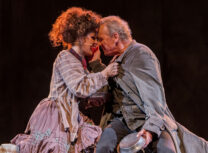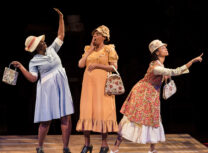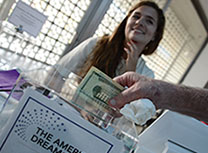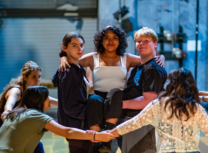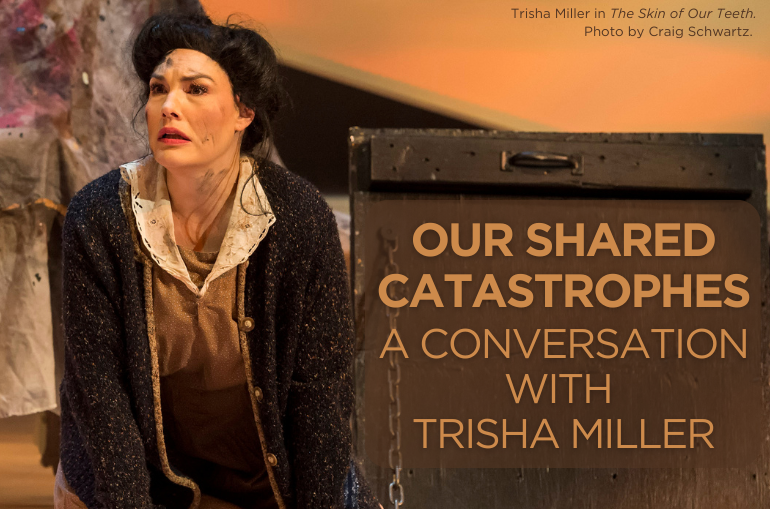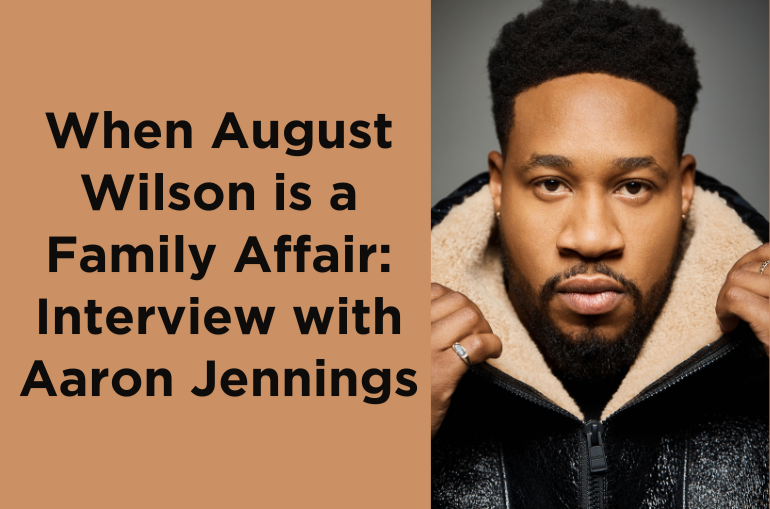Q&A with The Glass Menagerie Lighting Designer Ken Booth
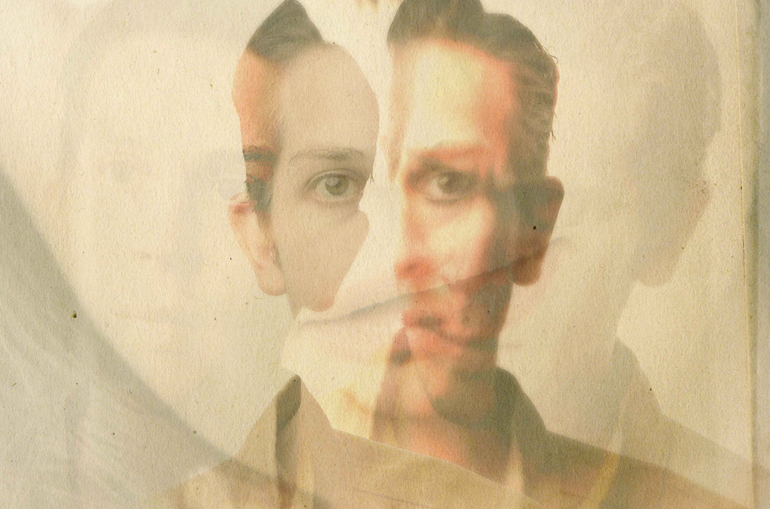
By A Noise Within
February 22, 2019
Lighting plays a big role in Tennessee Williams’ original vision for his memory play, evoking how memories fade around the edges and shift with the passing of time. Resident Artist Ken Booth talks about how he is combining his vision with Williams’ in the lighting design of The Glass Menagerie.
What attracted you to The Glass Menagerie? What is most intriguing to you about this story?
Before now, I hadn’t read The Glass Menagerie since college and didn’t remember how lonely and desperate the mood of the play is. I love how Williams visualized and wrote the light cue descriptions throughout the script. For example, his idea to make certain scenes “dimly lit” ensures that the reader will not doubt that this is a “memory play.” Other lighting cue descriptions support the theatricality of the play, especially when the protagonist Tom breaks the fourth wall and talks to the audience. In fact, lighting is hardly ever realistic at all. It bounces from ambient city light to dim interior light to candlelight (owing conveniently to an unpaid electric bill.) There are also uses of straight theatrical “spotlighting” that highlights the unexpected moments for a character. Williams’ use of specific lighting techniques to pursue the quality of an anti-realistic, supernatural, poetic, and dreamy play is very inspiring to me.
What is the lighting designer’s job? How did you begin your process for designing this show?
For this particular play, as I have mentioned, Williams imagined what the lighting should look like. Or how it should feel. In fact, reading various production notes suggested using chiaroscuro style lighting for the production, similar to the painting style of El Greco.
How did you first become interested in lighting design?
I first became interested in lighting design when I discovered what an impact it could make on a play without actually having to perform on the stage. (Which seems terrifying to me. I am always in awe of anybody who can do that.) I had started volunteering at a small theater, learning to run lights and sound, and wanted to contribute more than just pushing buttons or bringing up faders. For me, lighting is a bridge between acting on stage and directing a play.
What elements of this play does the lighting design help tell the story?
The lighting design accents the backstories and reality of the play by shifting the quality of light; from hard, shadowy light to soft and dim ambiance. The timing of crossfades also contributes significantly but subtly enough that the audience doesn’t notice.
What piece of the show are you most excited to see come to life?
The fire escape set piece is one of the more exciting things for me to bring to life, because it is used for Tom’s “escape” from the apartment, escape from his mother and sister, and symbolizes a sort of launching pad to escape to another reality shared by his father. It is also a device to talk to the audience with, like a lectern in an auditorium.
